 The flip-side of the typical ‘year-in-review’ posts that always surface across the blogosphere in December, comes the ‘new year predictions’ lists that accompany them. While most of them cover similar ground — things like the importance of mobile technologies, the increased emphasis on green and local, and the mainstreaming of social media — there is one list that I’ve found so far that discusses something else that is a topic of particular interest: small business workforce.
The flip-side of the typical ‘year-in-review’ posts that always surface across the blogosphere in December, comes the ‘new year predictions’ lists that accompany them. While most of them cover similar ground — things like the importance of mobile technologies, the increased emphasis on green and local, and the mainstreaming of social media — there is one list that I’ve found so far that discusses something else that is a topic of particular interest: small business workforce.
Steve King of Small Business Labs posted his 2010 prediction list this week, and the first and second items on his list were on this very trend.
Item number one:
The Shift to Contingent Workers Turns Employees into Entrepreneurs: Employers large and small are shifting from full-time employees to part-timers, freelancers, outsourced services, partnership arrangements and other forms of contingent workers. They are doing this to save money and increase business flexibility. Despite the economic recovery, 2010 will see the contingent workforce grow as companies continue to limit hiring of full time staff. Many of these contingent workers will create or work for small businesses.
Item number two:
Personal Businesses on the Rise: Enabled by the Internet and low-cost information technology, the number of personal businesses (one employee businesses) has grown twice as fast as the overall economy over the last decade and exceeds 22 million. With the unemployment rate remaining high and traditional employment options limited, 2010 will be another year of strong growth in the number of personal businesses. The growth in personal businesses will also result in an increase in overall small business formation and numbers in 2010.
Clearly I’ve written about this issue before, and it’s something that always stirs up a lot of controversy because it hits a lot of hot buttons for many people. Personally, I love these trends. Even more than that, I think these trends are ultimately beneficial in ways that most of us currently don’t recognized.
In the 17th century, to whatever extent workers were organized, it was on a guild model that was discipline centric. Whether a person was a blacksmith or a cobbler, their “peers” were other professionals within the same trade. In the most literal sense, they were competitors who had comperable skills and offered similar services. They were mostly what we would now call ‘freelancers’ who were responsible for their own independent businesses, from stem to stern.
With the rise of the Industrial Age, the shift moved away from individual contributors with specialized skills, to collection of skills brought together to work collaboratively as part of a larger enterprise. Because of the financial investment involved with building these enterprises (factories being the most obvious and common example), the rules for workers changed.
A paternalistic model emerged, where large businesses had to lure people to them. Companies would make long-term committments to their people — pensions, healthcare, education for the kids, mortages, and more — and the people would develop long-term (and sometimes even multi-generational) relationships with the company.
Now that was are in an Information Age, the employee model needs to be re-examined. And while plenty of people don’t like the idea of a contingent workforce (and I understand why), the fact is that is an employment model that makes far more sense for the rules that come with an information economy.
Geography is no longer the end-all-be-all of meaningful and well-paid work; large companies no longer have to stockpile human talent like cord wood in the event that the right spark of creative genius will occur for them if they just have enough people thinking big thoughts; and small motivated teams in garages are just as capable of creating lucrative, innovative ideas as multi-billion dollar corporations.
The reason I think that these trends are particularly valuable for entrepreneurs and small businesses is for one simple reason: this change is much harder for large businesses, with large investments, and large real estate holdings and enormous legacy systems (both techical and policy-based) to evolve to match. Small businesses simply have less baggage. This gives entrepreneurs, startups and small businesses an edge that the Fords and Proctor and Gamble’s of the world do not have.
Yes, there are always going to be employees who are simply looking to punch a clock in exchange for a paycheck: not everyone is cut out for the entrepreneurial life (and the fact that our education system is designed to funnel people into an employee role doesn’t help). The number and types of those jobs are going to continue to change and dwindle over time as ideas like Results Only Work Environments continue to gain momentum. But for entrepreneurs the value is in the flexibility.
Knowledge workers are not unlike tradesmen: we think nothing of assembling a plumber, an electrican, a carpenter, a roofer and a painter to build a garage. This is valuable work, and the individuals involved are often ‘freelancers’ who are each specialists in their fields. They have partners they like to work with, but they are individual contributors who must work together to accomplish large projects because it is unrealistic to assume that any of them would have all the skills required to do the whole thing themselves.
Knowledge workers are much the same: if you combine a project manager, a developer, a designer and a systems engineer to build a website, that is a valuable association of individual contributors who come together to deliver a project bigger than what each of them could do alone. Even better, unlike a construction crew, a web team is not hindered by geography, weather or super expensive equipment investment to get started.
Naturally, there are downsides to that model: once one job ends, you need to have another one lined up or money saved to wait out the time in-between work. This model requires developing different skills and exercising fiscal discipline in ways that may not always be necessary when working for someone else. This model also requires a dash of realism that many people who cling to the fantasy of “job security” are reluctant to give up: after all, your company could lay you off as soon as your current project is over with, too. The days of ‘guarentees’ are long gone.
Learning to be flexible and take advantage of what the information economy can offer will make the difference betwee those who succeed in the new era, and those who flounder. That is, of course, why even USA Today has called this The Era of Small Business.
Alora Chistiakoff is an entrepreneur, content strategist and project manager who has been developing online business and technology for startups for more than a decade. She co-owns The Indigo Heron Group, Inc., a content strategy firm in Austin, Texas
 This week in Support, a subscriber asked a really great question: What is the best way to enter daily sales data from a POS system into WorkingPoint? If you manage your retail sales in a point-of-sale (POS) system, you maybe asking the same question.
This week in Support, a subscriber asked a really great question: What is the best way to enter daily sales data from a POS system into WorkingPoint? If you manage your retail sales in a point-of-sale (POS) system, you maybe asking the same question.

 Yesterday I wrote about
Yesterday I wrote about 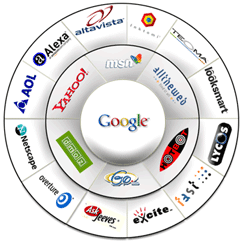
 The flip-side of the typical ‘year-in-review’ posts that always surface across the blogosphere in December, comes the ‘new year predictions’ lists that accompany them. While most of them cover similar ground — things like the importance of mobile technologies, the increased emphasis on green and local, and the mainstreaming of social media — there is one list that I’ve found so far that discusses something else that is a topic of particular interest: small business workforce.
The flip-side of the typical ‘year-in-review’ posts that always surface across the blogosphere in December, comes the ‘new year predictions’ lists that accompany them. While most of them cover similar ground — things like the importance of mobile technologies, the increased emphasis on green and local, and the mainstreaming of social media — there is one list that I’ve found so far that discusses something else that is a topic of particular interest: small business workforce. What happens in your business when your clients are late paying their invoices? If you’re like most small businesses, this causes a domino effect: if my client doesn’t pay me, I can’t pay my team (vendors, contractors, etc.).
What happens in your business when your clients are late paying their invoices? If you’re like most small businesses, this causes a domino effect: if my client doesn’t pay me, I can’t pay my team (vendors, contractors, etc.).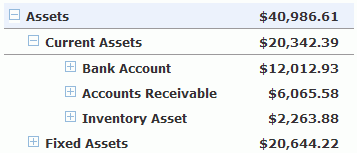
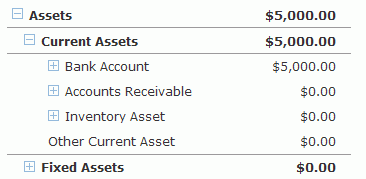
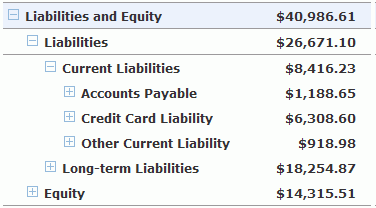
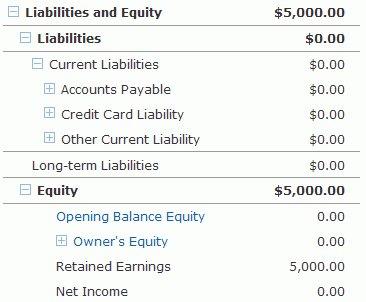
 I recently met a lawyer/entrepreneur who has developed a communications training model based around the notion of questioning. As a litigator, his specialty was in preparing, examining and cross-examining expert witnesses, and so over the years he became, what can only be described as, an expert questionner.
I recently met a lawyer/entrepreneur who has developed a communications training model based around the notion of questioning. As a litigator, his specialty was in preparing, examining and cross-examining expert witnesses, and so over the years he became, what can only be described as, an expert questionner.